Last-Minute NYC Holiday Gift Guide 🎁
We’ve created a holiday gift guide with presents for the intrepid New Yorker that should arrive just in time—


Exceptions such as the Chrysler Building and other iconic skyscrapers aside, New York City’s office buildings are often mudane while many the Private Owned Public Spaces (POPS), a city zoning regulation, are equally if not even more uninspired. Melvyn Kaufman, developer of many Midtown and Financial District skyscrapers actively sought to diverge from standard design practices. The New York Times called him an “oddball,” while others saw him as a “sly urban prankster.” Kaufman hated the International Style office lobbies, calling them “marble and travertine mausoleums” which were not just boring but also “bad for the living and terrific for the dead.” He wanted more than that and with a famous hands-on approach with his architects, he made it happen.
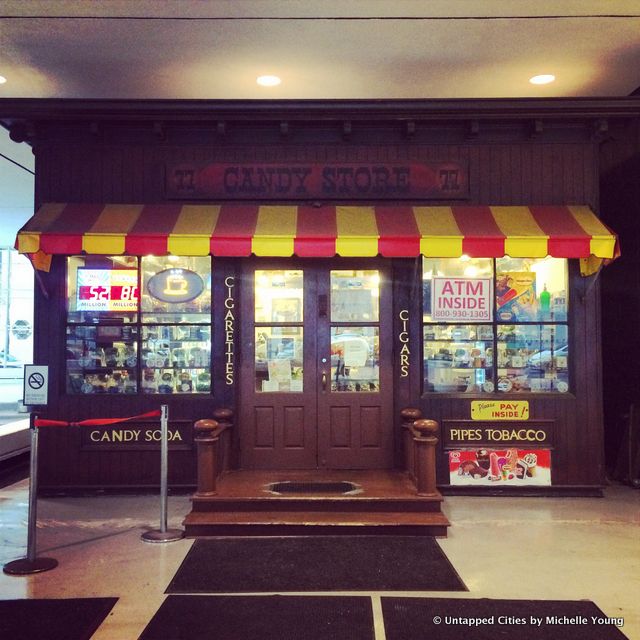
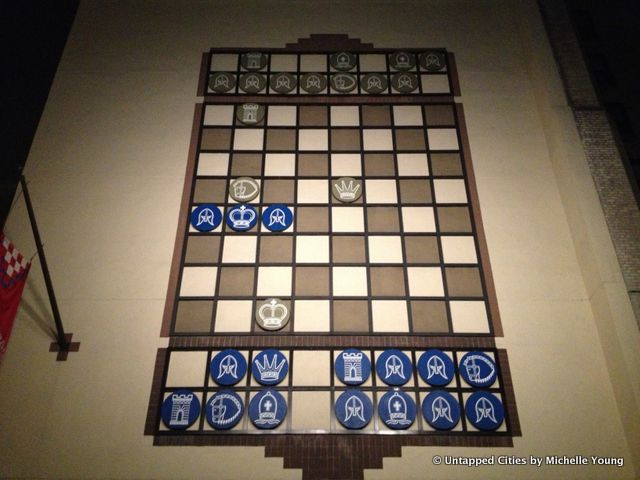
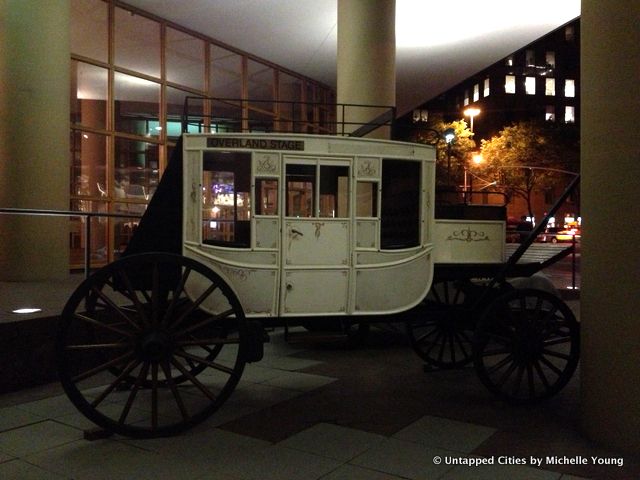

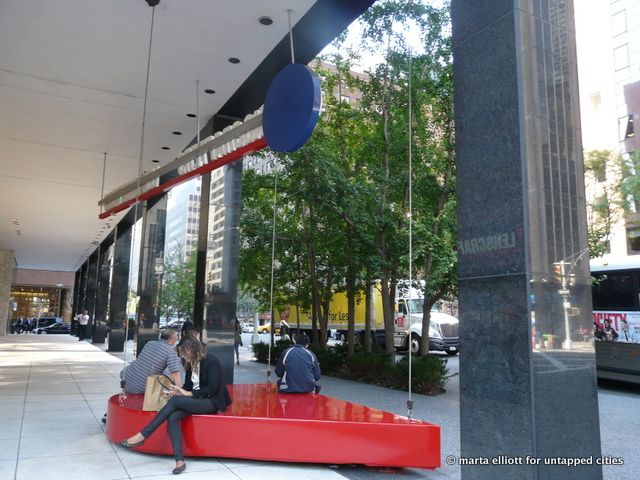
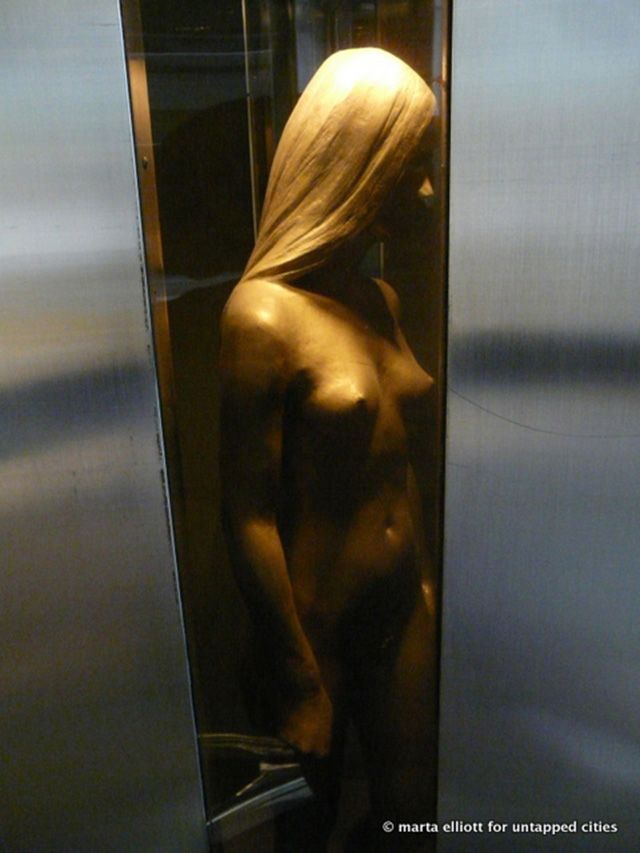
When passing through the doors at747 Third Avenue, take a peek to your right and you’ll see a life-size, revolving statue of a naked woman. In signature Kaufman style, the piece itself isn’t as important as the element of surprise evoked.
Many original designs were removed during subsequent renovations of this building however. The current pathway once used bricks that encouraged people to “follow the yellow (and red) brick road.” Once again, Kaufman encouraged public use, with a wooden bench like those found on front porches. These were later replaced along with the red brick road. According to our chat with the security guards, people kept falling on the bricks and injuring themselves and suing the building.
However, two features remain: a giraffe munching away and a horse-drawn carriage. These images also have changed over time so it’s always worth a look to see what’s presently there: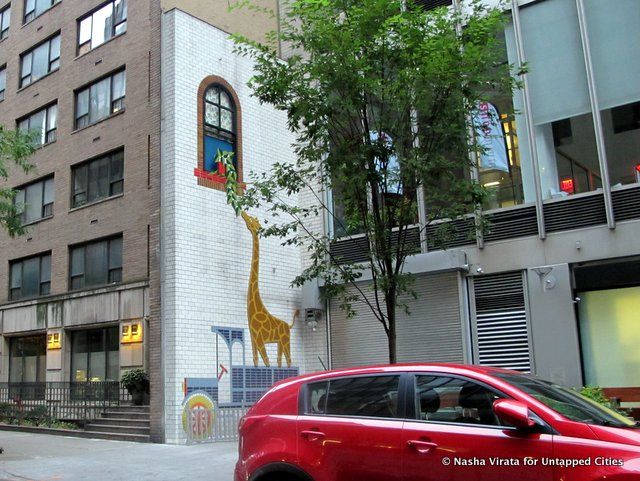

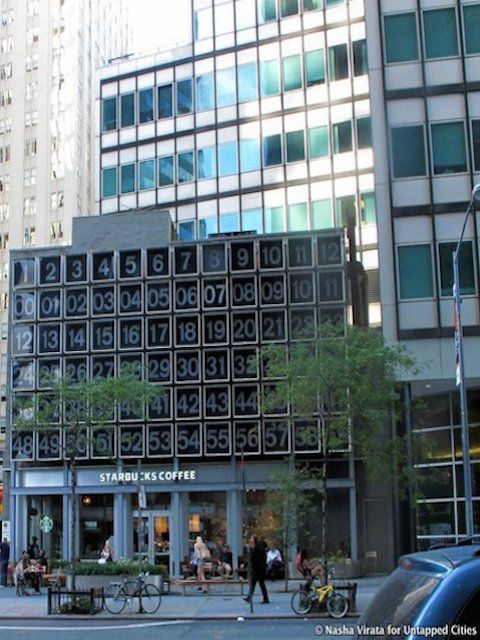
The facade of 200 Water Street owes everything to its holdout neighbor. After Kaufman refused the asking price, they still needed to cover up the unsightly and much shorter holdout. Kaufman commissioned artist Rudolph De Karak to solve this. The three-story clock uses 72 individual squares to display the hour, minute and second. It’s eye-catching. It’s also a sly dig at dawdling workers, reminding them to get back to work.
Around the corner on Fulton street, the plaza contains brightly covered chairs, intended to reference Lewis Carroll:
And a pun on the building’s street address, a fish hangs from the ceiling while an image of a merman and mermaid adorn the side:


See 9 other holdout buildings that refused to move in the face of oncoming development.

At first it seems less flamboyant than the usual fare but 17 State Street has a larger theme. Facing the harbor, the building’s take advantage of the curved building site, offering views from every floor from reflective glass, creating an iconclast Jetsons-like, space age lighthouse compared to its neighbors. At the very top, there’s a small tower projecting a light beam.
Ultimately, Kaufman’s building received mixed reviews from architectural critics though Paul Goldberger of The New York Times called it his most daring building yet. Some saw the additions as
kitschy ornamentation while others appreciated a lighthearted whimsy.Kaufman died in 2012 at the age of 87. We can only hope that New York City may find another developer who is willing to put it all out there for those elements of surprise in everyday life.
Next, check out NYC’s Holdouts, Buildings that Stood in the Way of Development.
Subscribe to our newsletter